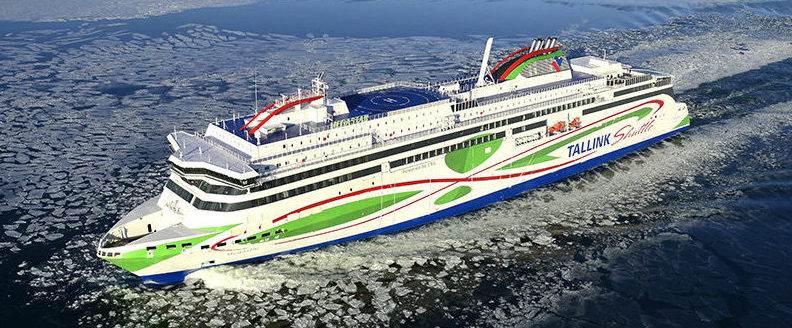ICG, parent company of Irish Ferries, reports a solid financial performance for the year ended 31 December 2017.
Highlights:
Revenue up 3.0% to €335.1 million (€325.4 million)
EBITDA down 3.0% to €81.0 million (€83.5 million)
Ro-ro freight volumes up 0.5% to 287,500 units (286,100 units)
Cars up 2.4% to 424,000 units (414,100 units)








